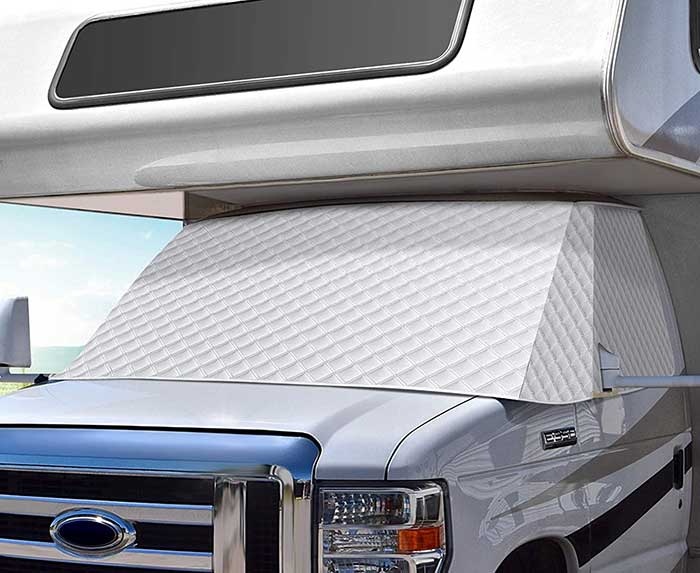While you may spend most of your time traveling to warm climates in your RV or motorhome, there are times you’ll be winter RVing. Perhaps you’re visiting family for the Christmas holidays, or you’ve always wanted to hike in the mountains. Whatever your reason for traveling into sub-freezing temperatures in your RV, you’ll need a few essential items to protect you and your RV from the weather and make your motor coach or travel trailer comfortable.
Also Read:- Hiking Tips for Beginners
Top 5 Tips for winter RV Camping
Here are the best five tips for RVing in winter
1. Heated Hose
When temperatures are below freezing, a standard hose will freeze with the water in the line. The solution is either disconnect the hose and rely on the water in your tank (provided the tank doesn’t freeze) or invest in a heated hose. You may also want to cover the water spigot with insulation and a cover (it can be as simple as a bucket) to protect the faucet and your hose and connector from the wind.
2. Lithium Battery Heater
Recreational vehicles aren’t designed to operate in sub-zero temperatures. Any time the temps drop below freezing, you run the risk of pipes freezing. With the standard batteries put in most RVs, the batteries don’t work when it dips below freezing, and things can quickly freeze up. Installing a lithium battery heater designed to keep the underneath of your vehicle above freezing without wasting energy saves you money while protecting your RV.
3. Windshield Cover

You’ve no doubt used a reflective cover for your windshield during the summer months to reflect the sunlight out and keep your RV from getting too hot. A windshield cover or sun shield is just as crucial for the opposite reason in the winter. Lots of cold seeps in through and around the windshield, making the cabin much colder. When the sun is out, let it warm the interior of your motorhome, then cover it at night when the sun is down to keep the heat in and the cold out.
4. Heat Tape/Insulation
Wrap heat tape around the exposed water pipes and install insulation around water tanks to prevent freezing. You don’t want your pipes to burst or freeze up. Proper insulation can prevent expensive damage and reduce the amount of energy needed to heat your water when needed.
5. Electric Space Heaters and Blankets
One or two small ceramic space heaters use much less electricity than running your RV furnace all night. Because your RV is a relatively small, enclosed space, ceramic heaters can be very efficient. Ceramic heaters are safe because they automatically turn off if tipped over. If you aren’t a fan of space heaters, invest in an electric blanket to keep you toasty while sleeping. You’ll be able to set your thermostat several degrees lower overnight, then turn it up in the morning.
Conclusion:
Properly preparing your RV for winter travel will make every trip a pleasure, even when the temperatures turn frigid.



